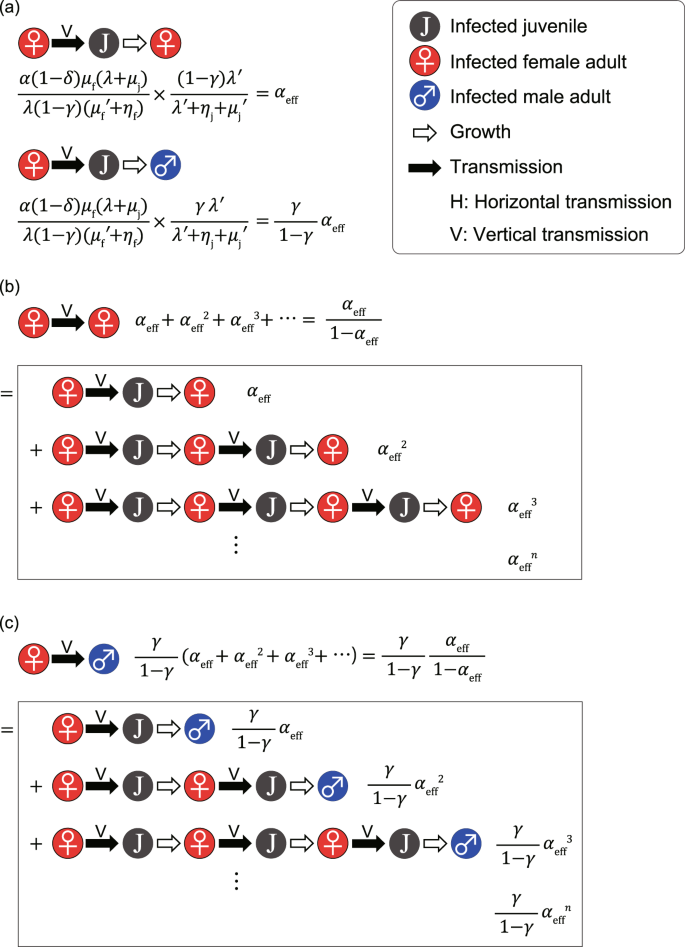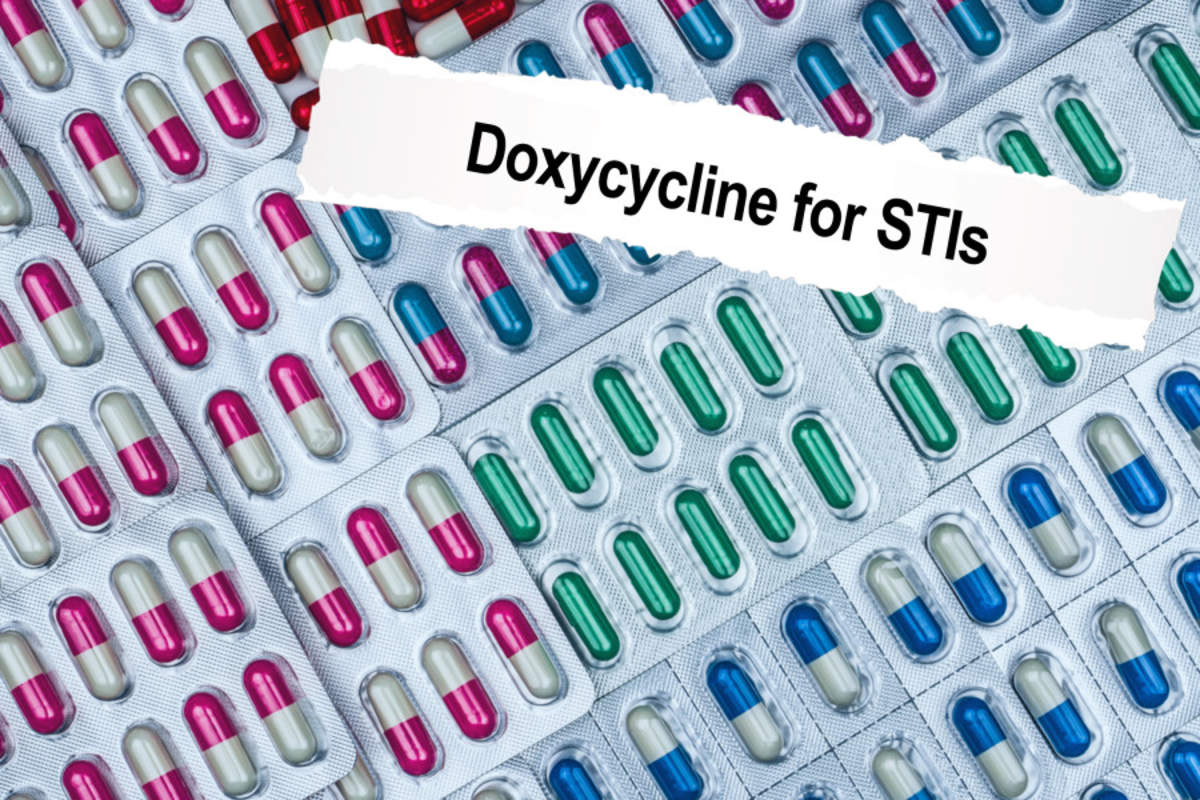
Health Education Syllabus
Start studying Unit 13 - Sexually transmitted infections and HIV/AIDS. Learn vocabulary, terms, and more with flashcards, games, and other study tools. HIV is a disease that attacks a person's immune system and can cause serious illness, but can be controlled with medications and proper care. Here you can find information about HIV, including prevention and treatment. The course syllabus includes four major topics concerning HIV/AIDS: (1) Etiology & Epidemiology; (2) Transmission & Infection Control; (3) Testing & Counseling; and (4) Legal & Ethical Issues. Course Objectives. To define HIV and AIDS and understand the impact of these diseases in Washington State, as well as the whole of the United States. What is HIV/AIDS? Unit 4 Unit 5 Unit 6 Unit 7 Clinical Environment Works Cited Unit 4. Explain the process of DNA replication, including the role of Helicase. Start studying NUR 300 - Unit 4 - HIV/AIDS. Learn vocabulary, terms, and more with flashcards, games, and other study tools.
Health Teacher- Ms. Weihberg
E-mail- hweihberg@mhacademy.net

Health Website:https://sites.google.com/a/mhacademy.net/health-education/
NYSHealth Education & Physical Education Learning Standards(http://www.p12.nysed.gov/sss/schoolhealth/schoolhealtheducation/healthPEFACSLearningStandards.pdf)
Standard#1: Personal Health andFitness
Studentswill recognize the relationship between behaviors and healthy development. They will understand ways to promote healthand will demonstrate and practice positive health behaviors.
Standard#2: A Safeand Healthy Environment
Studentswill demonstrate personally and socially responsible behaviors.
They willcare for and respect themselves and others.
Standard#3: Resource Management
Studentswill understand the influence of culture, media, and technology in makingdecisions about personal and community health issues. They will know about and use valid healthinformation, products, and services.
CourseDescription
Anindividual’s health can be broken down into six areas, all of which areinterrelated: Physical Health, Mental Health, Emotional Health, Social Health,Environmental Health, and Spiritual Health. Some of the topics and activitiesof this class will target one specific area of health, while others may coverseveral. This is the nature of health education since a breakdown in one areaof health typically has an effect on one or more other aspects of health.Murray Hill Academy uses the Health Smart Curriculum to cover the followingtopics.
Unit 1: Emotional & Mental Health, StressManagement
Unit 2: Improving Healthy Behaviors- GoalSetting
Unit 3: Violence & Injury Prevention-Conflict Resolution, Dating Violence
Unit 4: Nutrition & Physical Activity
Unit 5: Tobacco, Alcohol and Other Drugs
Unit 6: Sexual Health, HIV/AIDS and other STIs
CourseObjectives
To facilitate interactive learning experienceswhich provide students with the knowledge, skills, and attitudes necessary tomake positive health-related choices.
To enable students to make healthy behaviorchanges regarding their physical, mental, emotional, social, and environmentalhealth.
To provide students with the knowledge andskills necessary to access valid and reliable health information and resources.
ClassroomExpectations
Classroomis a place of learning; you are to conduct yourself in a respectfulmanner. Profanity, criticizing orinsulting others will not be tolerated. Use manners, Be respectful. Classmeetings will consist of power point presentations, video clips, SmartBoard,worksheets, class discussions, computer, and individual and groupprojects. You are expected to come toclass prepared to learn and bring all necessary materials to class includinghomework assignments that were given.
CourseRequirements
RequiredMaterials: A notebook or a binder with loose leaf paper(must have a section for Health Only), a folderjust for Health and a pen/pencil. All required materials must be brought to class everyday including theworkbook that will be provided by the teacher. All worksheets, classwork, homework, notes and projects along withhealth resources can be found on my website: https://sites.google.com/a/mhacademy.net/health-education/.
ClassworkAssignments, Projects, and H.W.:
Classworkassignments- include worksheets, discussions, group work, video film questions,reflection questions. guided questions, etc. Homework assignments- includehealth current events, reflection questions, worksheets, etc. All homework assignments and projects must becompleted on time. If a student is absent, the assignment is due on the nextday of class or it may be e-mailed to the health teacher. Homework assignments and handouts will beavailable on the health teacher’s website page for students who were absent orwho need another copy. Furthermore, students will be required to completevarious different projects during the year. These projects include: Mental Health Pamphlet, Cyber-bullying Essay,Fast Food Activity, Super Size Me Essay, Drug Research Project, and theIntervention Reflection Paper. Detailson the various project will be provided on my website. You will also have 10hours of independent on-line or project work that will be required for you tocomplete throughout the cycle.
ParticipationPoints- Dailypoints will be given for coming to class on time, completing the “Do Now”assignment within the first five minutes of class, actively participating inclass discussions and completing classwork and overall good classroombehavior. Attendance and Lateness: All students are expected to be on time.Continual lateness and absenteeism will significantly affect the student’sparticipation grade. Students that areabsent often will be given an opportunity to complete work by completing aMake-Up Packet for that Unit they missed.
Criteriafor Grades are based on:
Hiv Sti Screening
Classwork
Exams/Quizzes
HomeworkAssignments

Academic Mindset
Speaking & Listening

Health isa NYS graduation requirement, failure to pass the class will result in not being able tograduate and you will have to retake the course for a passing grade. You will earn 1 credit for this class. This course is a 1 cycle course and can betaken in your 9th, 10th, 11th or 12th grade year.
Signatures
I haveread and understand all the requirements for this course. I am also aware that this health class is aNYS requirement for graduation.
Student:___________________________________________________________________________
Parent/Guardian:__________________________________________________________________
PleaseProvide me with the best method that I can use to contact you about yourson/daughter.
ParentContact Information : Address:_________________________________________________________________
Phone #:_______________________________ E-mail:_____________________________________
Unit 4 Hiv Aids Transmitted
Units/Topics | Essential Questions | Calendar/Pacing |
Unit 1- Emotional & Mental Health and Unit 2- Improving Healthy Behaviors | Emotional & Mental Health What is health and wellness? What knowledge, skills, and behaviors contribute to a healthy lifestyle and promote optimal wellness? How does effective interpersonal communication contribute to healthy relationships and overall wellness? How does a person’s unique abilities and aptitudes contribute to the good of the larger community? Why is the ability to access valid health information a critical skill, and where can I access accurate information? What are healthy ways of managing emotions and stress? How do individual’s improve self‐esteem and develop a positive self‐image? Improving Healthy Behaviors What factors influence my health‐related behaviors and decisions? How do my health‐related behaviors reflect my personal choices? | Total Days: 15 #1- Introduction to the course and defining the 5 Components of Health #2- Characteristics of good emotional & mental health #3- Maslow’s Hierarchy of Needs #4- Expressing Feelings and dealing with troublesome feelings (Depression) #5- Communication skills (I-messages/statements, self-talk, body language) #6- Scenarios using the communication skills in lesson #5 #7- Characteristics of a Healthy Relationship (Relationship Web) #8- Defining and recognizing stress #9- Effects of stress on the body #10- Pamphlet Project- Research a mental illness/disorder #11- Pamphlet Project- Research & Design #12- Pamphlet Project- Designing the Pamphlet #13- Goal Setting #14- Review for the Test #15- Test |
Unit 3- Violence & Injury Prevention | What knowledge, skills, and behaviors contribute to personal safety? How do I protect myself and others from accidents and injuries? What knowledge, skills, and strategies can I use to effectively resolve conflicts and mediate disputes? How can individuals and community organizations identify potentially violent situations and contribute to ending the cycle of violence? | Total Days: 15 #1- What are some characteristics of a healthy vs an unhealthy relationship? #2- What are the different forms of abuse that can be associated with dating violence? #3- What is the cycle of violence? #4- How can we use what we learned about dating violence to help someone in need? #5- How can we resolve conflict using strategies that are both positive and helpful? #6- What is bullying and how does it impact the people involved? #7- What are the further impacts that bullying has on a individual? #8- What is it like to be bullied? #9- What are the impacts that cyber-bullying has on a individual? #10- Project: Cyber-bullying Writing Assignment- How has cyber-bullying impacted teens today and what are some ways we can prevent bullying from happening or continuing? #11- What are some of the differences between bullying and hazing? #12- Review for Test #13- TEST |
Unit 4- Nutritional & Physical Activity | What can I do to be physically healthy? How does what I eat affect my physical health? What practices and resources can help me make healthy food choices? What prevents people from making healthy food choices? How can being overweight or obese affect mental and emotional health? What role does exercise play in physical fitness? What are the dangers of extreme eating disorders? How can goal setting influence personal fitness levels? What diseases can be prevented through proper nutrition and exercise? | Total Days: 11 #1- What is nutrition and how does our body use the food we eat? #2- What nutrients do I need to eat each day to be healthy? #3- How can reading a food label help us to make better food choices? #4 & 5- Fast Food Activity Project: How can I make healthier choice when going out to eat at a restaurant? #6- How has the food industry changed the food that we eat and how does that impact our health? #7 & 8- Project: Super Size Me Essay- How can a diet made up of mainly fast food affect your health? #9- How are body image and eating disorder connected? #10- Review for test #11- Test |
Unit 5- Tobacco, Alcohol and other Drugs | How do my health related behaviors reflect my personal choices? What risks and consequences are associated with use of tobacco, alcohol, and other drugs? What strategies are effective in preventing use of tobacco, alcohol, and other drugs? What influences individuals to use tobacco, alcohol, and other drugs? What consequences are associated with using tobacco, alcohol, and other drugs? | Total Days: 12 #1- What are the facts about drug use? #2- What are the effects of alcohol use? #3- Consequences of alcohol and drug use- #4- Facts about Marijuana & Tobacco use- Pick either Tobacco or Marijuana and say one short-term or long- term effect that drug has on the body. #5- What causes drug addiction? #6- Drug Research Project: What are the facts about Ecstasy, Crack, Crystal Meth & Cocaine? #7- Drug Research Project- What are the facts about Heroin, Prescription Drugs, LSD & Inhalants? #8- Drug Research Project- What are the facts about Pain Killers & Alcohol? #9- Project: Intervention Reflection Paper- What role does their background, family and friends play in their drug use and their addiction? #10- Project: Intervention Reflection Paper- What are the ways that drugs use affect all aspects of a person’s life? #11- Review for the test #12- Test |
Unit 6- Sexual Health, HIV/AIDS and other STIs | How do people interact with one another and how do relationships change during puberty and adolescence? What strategies and behaviors promote optimal sexual and reproductive health? Why is the ability to access valid health information a critical skill, and where can I access accurate information? Why are self-exams important for the prevention of cancer and other diseases? How can I prevent getting pregnant and/or getting an STD? What are risk factors for getting an STD? How is HIV transmitted? How does an HIV/AIDS diagnosis affect an individual? Why is abstinence important to the prevention of STDs? How can goal setting promote personal health and prevent disease? How can STDs affect an individual’s fertility or a mother’s unborn child? | Total Days: 9 #1- What do I need to know about the male reproductive system? #2- What do I need to know about the female reproductive system? #3- What occurs during pregnancy and how does alcohol and drugs affect fetal development? #4- How are STI’s transmitted, prevented and can they be cured? #5- How easily are STI’s transmitted? #6- What do I need to know about HIV? #7- How can I prevent pregnancy and STI’s if I choose to have sex? #8- Review for the test #9- Test |

Comments are closed.